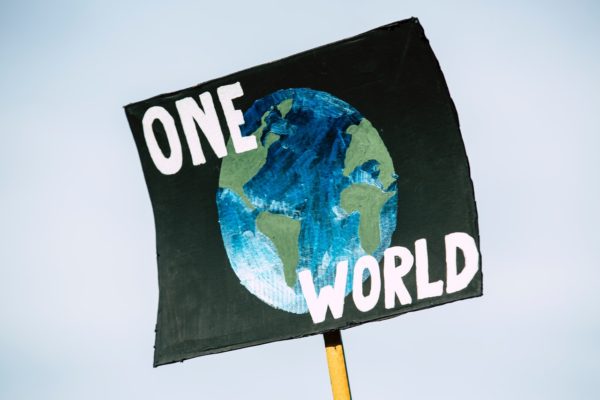Media companies speed up sustainability drives
Up until a couple of years ago, many media companies spoke of the drive to become carbon neutral, but very few had formulated plans to help them to achieve this.
Yet the growing awareness of the impact of climate change highlighted by events like COP26 appears to have pushed companies into developing clearly defined sustainability plans.
While consumer concerns over climate change have clearly been a catalyst many of the media’s largest public companies are also being increasingly pushed by noisy groups of shareholders who sense that the time has come to show a lead on sustainability issues.
But are they moving fast enough?
It is notable how the plans to attain carbon neutral status from companies in all sectors, became more ambitious throughout 2021. Media companies have up until last year tended to have either announced plans for a significant reduction in carbon emissions within a few years, such as The Economist which has pledged to reduce its emission by 25% by 2025, or opted for a more ambitious target of 100% but at a later date, invariably 2030 like the BBC and Condé Nast.
Ambitious new targets
In December 2021 Future PLC unveiled a responsibility strategy that outlined plans for the company to be carbon neutral by 2026. The company also detailed how it would harness its portfolio of brands to “amplify and promote issues” related to environmental protection and social justice.
“We are committed to behaving ethically, making a positive impact and inspiring change — playing our part in building a sustainable future for our planet and our communities,” the company said in the report.
Among its plans are;
- Targeting net zero GHG emissions from Scope 1 and 2 by 2026 and conducting a Scope 3 footprint in 2022
- Setting a plastic free policy and targets to measure emissions from our digital value chain
- A new Responsibility Board Committee created in 2021, to ensure board level oversight of the responsibility strategy
Future is following the lead of Axel Springer, which through its support of different subsidiaries, aims to become carbon neutral by 2023.
Dr. Malte Wienker, Director of Corporate Communications and Sustainability at Axel Springer said last year: “Sustainability has officially been one of our five corporate values since 2019. The issues affecting the print side of the business – paper production and printing operations – are obviously hugely relevant.”
“But others have gained in importance, too. This includes, for example, the determination of the entire-company carbon footprint, also taking into account purely digital work and factors such as cloud computing. Our goal is to work climate-neutrally as an entire company. One important measure on our path to reaching this goal is the switch to certified green electricity since the beginning of this year.”
Other companies have made significant strides towards carbon neutrality in 2021. Since January 2021, Immediate Media’s offices in London and Bristol have been carbon neutral, using 100% renewable energy sources and adopting a zero waste to landfill policy. Immediate is also working with its partners and clients to develop more sustainable practices across its entire production process.
Renewed urgency
It will be interesting to see how the renewed urgency to reach carbon neutrality impacts on media companies who have focused on achieving their goals by 2030. Will they now be under pressure to speed the process up? And what might be the impact on their print divisions which in some cases provide the biggest sustainability challenge they face?
The Guardian outlined its plans in 2019 and gave more details about them in 2020. The company says that it knows the source of most of its emissions – its print division, business travel, digital operations and supply chains. It says its plans are the result of wanting “to demonstrate that we must back up words with action. The Guardian wants to lead the world with authoritative, compelling, revelatory journalism about the climate crisis. We can only credibly do so if we ourselves face up to the challenges that confront policymakers, businesses and households in these troubling times.”
Yet its 2030 target for zero-emissions now looks a little modest compared with some of its rivals. Interestingly The New York Times has not yet outlined its sustainability plans, but given current trends, it might end up moving faster than it had previously planned.
Find out more about how the media industry is taking action on sustainability in the whitepaper Publishing and Climate Change, made in partnership with UPM Communication Papers.
Photo by Markus Spiske from Pexels









